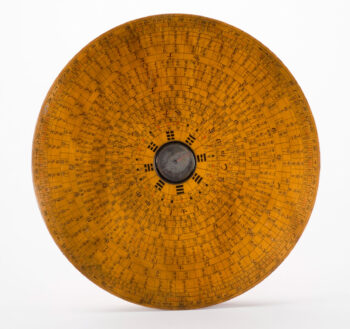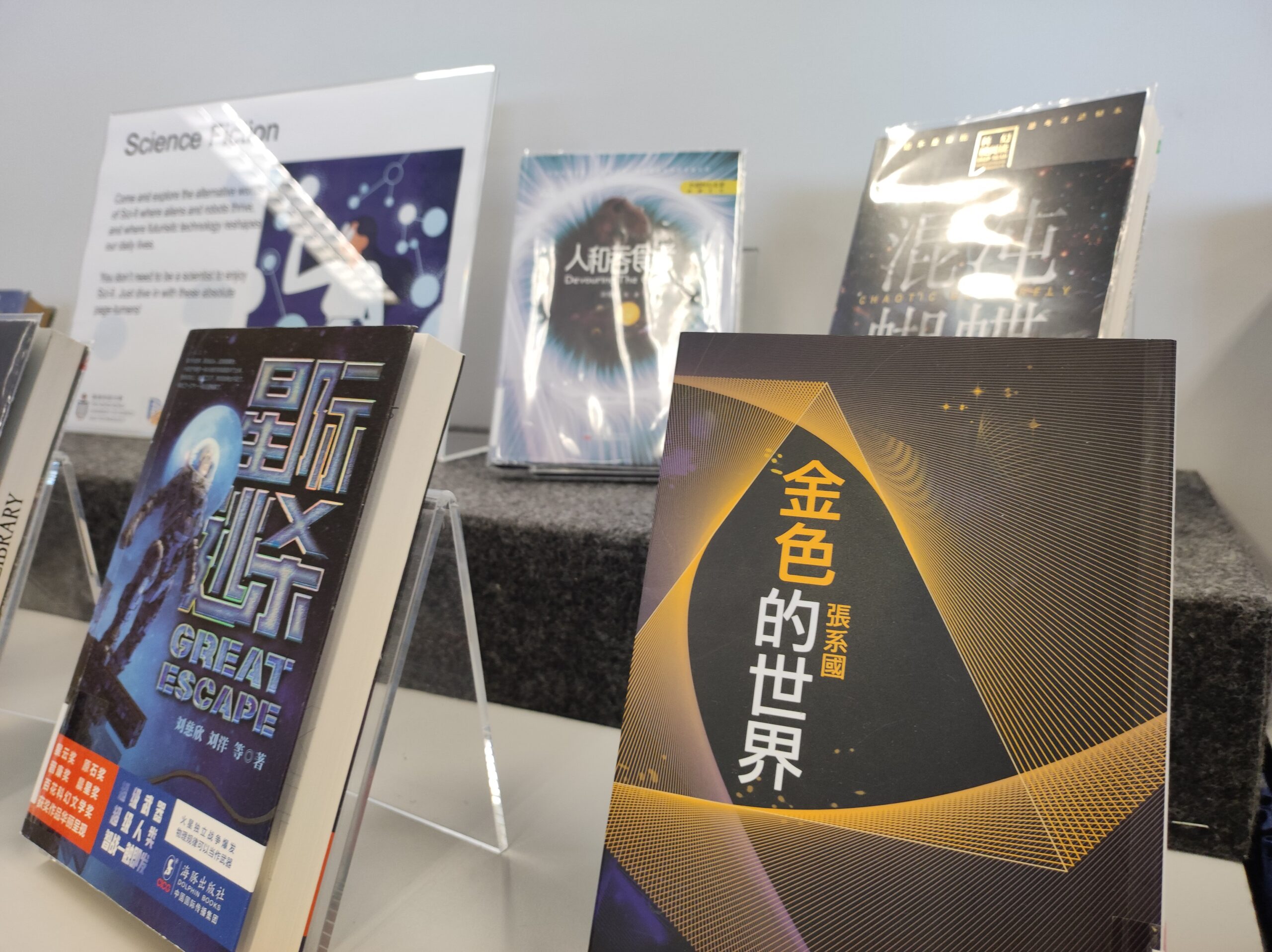Did you know that the little hill beside the North Gate bus stop has a name? It is called the Fung Shui Ridge!

Do you know what its name, “Fung Shui”, means?
Fung Shui (風水) is the traditional Chinese practice of arranging buildings and spaces. Even thousands of years ago, people understood the importance of the environment on their lives, and sought to improve their living spaces. On a small scale, moving some furniture away from the door or not putting your dining table directly across the toilet is easily doable. But constructing whole mountains to block out cold winds is impossible outside fables. The solution, then, is to simply build around and according to nature. And from these beliefs and actions came Fung Shui, as both a field of study and a way of life.

A stranger to Fung Shui may dismiss it as mystical and unscientific. If you are thinking the same, you may find it a bit ironic that The Hong Kong University of Science and Technology lies right next to the Fung Shui ridge. However, a deeper analysis reveals Fung Shui is actually rooted in rationality and wisdom — especially when you take into account the views of the ancient people.
For instance, the presence of a lake in a community may be favorable, as it can act as a source of food and water while also regulating local temperature. But if the lake is too close or large, it will be unsafe as the lake poses a risk of flooding and erosion. In an era where it was not yet possible to scientifically predict these occurrences, people learned from experience, so even if they did not know why and attributed these trends to mystical causes instead, they would be able to estimate locations that were safer to live in. All this knowledge was passed down and collected across generations to form the basis of Fung Shui — science by observation, as we might call it today.
Despite being a modern city, Hong Kong society continues to respect the Fung Shui practice. Since the 1960s, the Hong Kong government has sponsored religious rituals to appease local deities and ancestral spirits, whenever villagers believed that planned construction projects would disrupt their village’s Fung Shui.
All in all, while Fung Shui may sound at odds with science, they are closer in nature than one would expect, as they both share their roots in observation. In fact, you could say that HKUST was also built in accordance with the principles of Fung Shui. The ridge itself, as well as other surrounding mountains and forests, are both a source of protection from the elements and home to a diverse ecological system – for in the end, the art of Fung Shui is a way for humankind to coexist with and find comfort in their environment and their way of life, much like what we are trying to accomplish with science today.
Finally, have you heard this joke? The Fung Shui of HKUST’s halls and classrooms are renowned for being excellent to sleep in. Now wake up and come to 1/F of the Library and explore the exhibition “The Story of HKUST’s Birth”, where you can see the HKUST Fung Shui ridge was shown in the architect’s drawing of the campus. Grab the chance — the exhibition will be closed on April 30!
Reference
1. Brunn, O. (2008). An introduction to feng shui. Cambridge University Press. https://ebookcentral.proquest.com/lib/hkust-ebooks/detail.action?docID=412736
2. Freedman, M. Geomancy. Proceedings of the Royal Anthropological Institute of Great Britain and Ireland, 1968 (1968), 5-15. https://doi.org/10.2307/3031703
3. 蘇振顯(2024)。《測量香港五十年》。香港:商務印書館。https://lbdiscover.hkust.edu.hk/bib/991013321158603412
Giann Chung
Year 3 Student, School of Engineering
Shirley Zhang
Librarian (Archives & Special Collections)
lbshirley@ust.hk
Views: 960








